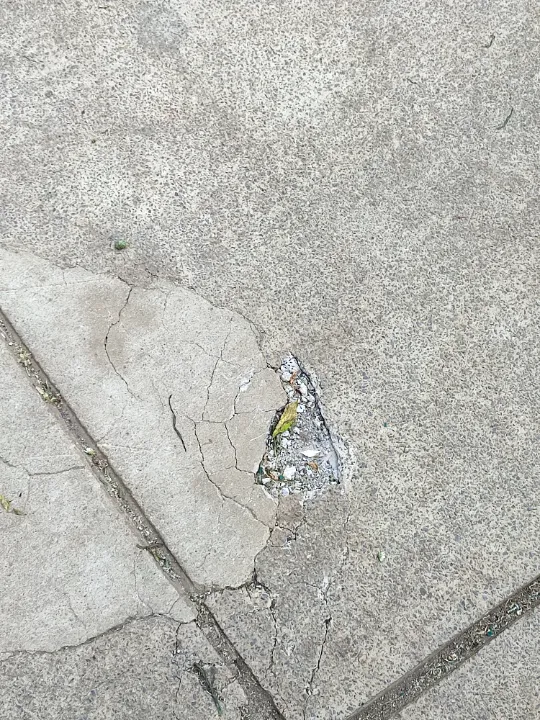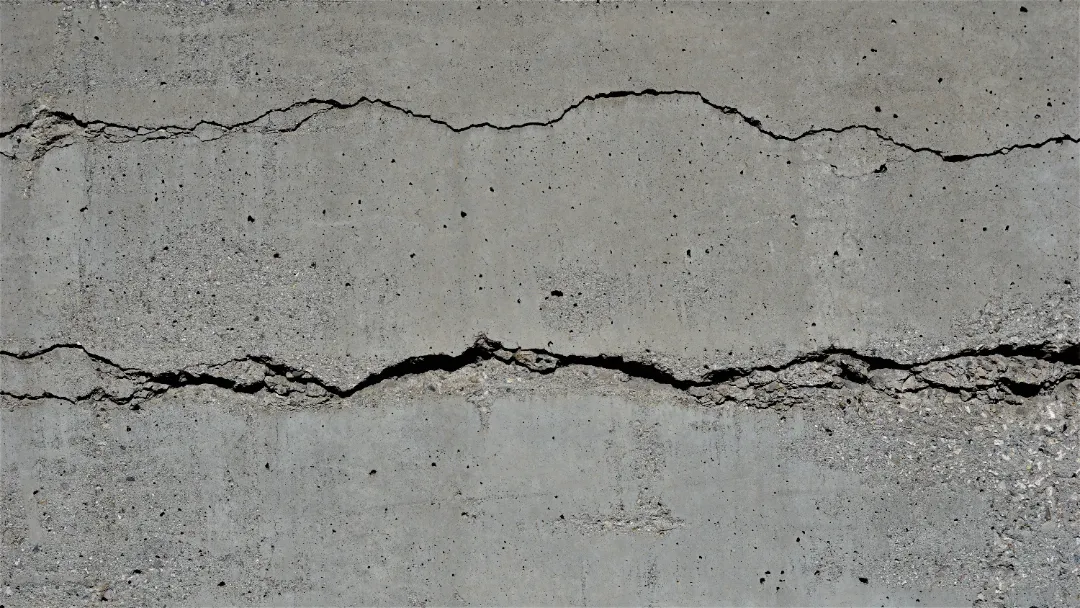Cold Joints in Concrete: Causes, Risks, and Proven Repair Solutions
Cold joints in concrete are a common yet serious problem in construction, forming when fresh concrete fails to bond properly with a previously set layer. This weakens the structural integrity and often leads to issues like cracks, water leaks, and reduced load-bearing capacity.
For areas like Long Island, Brooklyn, and Queens, where varying climate conditions, rushed construction, and large-scale projects are frequent, addressing cold joints is critical. Ignoring them can result in costly repairs down the line. Let’s discuss the causes, signs, and solutions for cold joints to keep your structures safe and sound.
What Are Cold Joints in Concrete?
Cold joints occur when there’s an unintended interruption in the concrete pouring process. This results in weak seams where the two layers fail to chemically bond. Unlike construction joints, which are reinforced and planned, cold joints are structural defects that require immediate attention.

Signs of Cold Joint Damage
Cold joint damage can compromise both the appearance and structural integrity of concrete. Look for these warning signs to detect issues early and prevent further deterioration.
Homeowners and contractors should look for these warning signs:
- Visible Seams or Lines
- Uneven lines or separations where two layers of concrete meet.
- Cracks Along Joints
- Hairline or structural cracks that start at or follow the joint.
- Water Leaks or Moisture Intrusion
- Especially in basements, foundations, and retaining walls.
- Reduced Load-Bearing Strength
- Foundations, beams, or slabs show signs of sagging or shifting under pressure.
Common Causes of Cold Joints in Concrete
Cold joints typically result from disruptions during the concrete pouring process. Understanding these common causes can help contractors and property owners minimize the risk of their formation.
- Delays Between Pours: Logistical problems, equipment failure, or poor scheduling disrupt the continuous pouring process.
- Improper Vibration or Compaction: Without proper vibration, fresh concrete fails to bond tightly with the hardened surface.
- Environmental Challenges: Sudden heat or cold can cause rapid setting. Moisture during pouring can also interfere with curing and bonding.
- Poor Planning or Coordination: Lack of oversight during large-scale projects leads to unintended interruptions in concrete placement.
Why Fixing Cold Joints Matters
Cold joints aren’t just cosmetic—they can jeopardize the structural integrity of your entire project. From preventing water intrusion to restoring load-bearing capacity, addressing these flaws is critical for safety and durability.
Schedule Your Inspection Today to Protect Your Property From Cold Joint Damage!
Risks Associated with Cold Joints
Cold joints in concrete may seem minor initially, but they can lead to significant structural and functional issues over time. Below are the key risks associated with cold joints, emphasizing why they must be addressed promptly.
Structural Weakness
Cold joints reduce the load-bearing capacity of concrete, creating weak spots that can result in cracking, sagging, or even failure of critical elements like foundations, walls, or beams.
Water Infiltration
The gaps in cold joints act as pathways for moisture intrusion, leading to:
- Efflorescence: White salt deposits on the surface.
- Mold Growth: Damp conditions that promote mold and mildew, which deteriorate materials and pose health risks.
- Corrosion of Reinforcement: Water exposure causes rebar to rust, further compromising the structure’s strength.
Aesthetic Issues
Cold joints are often visible as lines or texture differences on the surface of concrete. These blemishes detract from the visual appeal of architectural or decorative elements, making them particularly problematic in exposed or high-visibility areas.
Cold Joint Repair Methods
Repairing cold joints in concrete is essential to restore structural integrity and prevent further issues like water infiltration or weakening. Below are the most effective cold joint repair solutions used by professionals.
- Epoxy Injection: Epoxy injections are ideal for structural repairs, as they bond concrete layers together and seal cracks or voids. This method restores load-bearing capacity and prevents further damage.
- Polyurethane Injections: Polyurethane injections are particularly effective for waterproofing cold joints. The material expands to fill gaps and creates a watertight barrier, preventing moisture infiltration.
Surface Preparation and Overlays
For larger cold joints, this method involves:
- Removing loose or weak material around the joint.
- Applying a bonding agent to the surface.
- Overlaying with high-strength concrete to reinforce the area and improve durability.
Reinforcement Additions
In critical load-bearing areas, adding steel plates, dowels, or carbon fiber reinforcements can significantly enhance the structural performance of repaired cold joints.
Preventing Cold Joints During Construction
The best way to address cold joints is to prevent them during the construction process. Proper planning and execution reduce the risk of interruptions and ensure seamless bonding between concrete layers.
Continuous Pours
Plan for uninterrupted concrete placement to eliminate delays and ensure proper bonding between layers. This is particularly important for large-scale or multi-phase projects.
Proper Vibration
Using vibrators ensures fresh concrete compacts thoroughly against existing layers, reducing the risk of voids and weak spots.
Using Bonding Agents
When interruptions are unavoidable, apply bonding adhesives to enhance the chemical and mechanical connection between new and hardened concrete.
Timing and Climate Considerations
Plan pours around stable weather conditions to avoid disruptions caused by rain or extreme temperatures. For challenging climates, use temperature-controlled concrete to maintain workability and curing consistency.
Cold Joints in Long Island, Brooklyn, and Queens: Challenges and Solutions
In Long Island, Brooklyn, and Queens, cold joints in concrete are a prevalent issue due to the region’s unique construction challenges and environmental factors.
Regional Factors
- Humid Weather: High humidity speeds up the concrete setting process, increasing the risk of cold joints during extended pours.
- High Water Tables: These areas often experience groundwater intrusion, which exacerbates cold joint vulnerabilities by promoting water seepage and structural weakening.
- Urban Construction Demands: Limited space and tight project schedules in urban areas frequently lead to delays and improper layering, further contributing to cold joint formation.
Local Expertise is Key
Addressing these challenges requires contractors who understand the local climate, soil conditions, and construction practices. Local professionals bring the necessary knowledge and experience to apply tailored solutions that ensure long-term durability and safety.
Why Choose The Mudjacking Contractor for Cold Joint Repairs?
When it comes to repairing cold joints in Long Island, Brooklyn, and Queens, The Mudjacking Contractor stands out as a trusted leader in concrete restoration. We offer mudjacking services, concrete leveling and resurfacing, parking lot repair, epoxy injections, polyurethane injections, and more to repair and restore damaged concrete. With over 20 years of experience in concrete repair, we’re your go-to in Long Island for lasting, proven solutions that save you money, and stand the test of time.
Our Expertise
- Proven Track Record: Decades of experience in identifying and repairing cold joints in residential, commercial, and industrial projects.
- Advanced Techniques: Utilizing industry-leading solutions such as epoxy and polyurethane injections, high-strength overlays, and structural reinforcements to ensure reliable results.
Why Work With Us?
- Free Inspections: Assess cold joint damage at no cost to you.
- Warranties: Enjoy peace of mind with guaranteed work backed by solid warranties.
- Customer Satisfaction Focus: From start to finish, we prioritize clear communication, expert craftsmanship, and results that exceed expectations.
Final Thoughts on Cold Joints in Concrete
Cold joints in concrete can lead to serious structural and moisture-related issues if left unaddressed. Early detection and expert repair are essential to preserving the integrity of your property and avoiding costly repairs in the future.
Don’t wait for the problem to escalate—schedule a professional cold joint inspection today to protect your investment and ensure the safety of your property.
Schedule Your Free Cold Joint Inspection Today and Protect Your Property’s Integrity!

